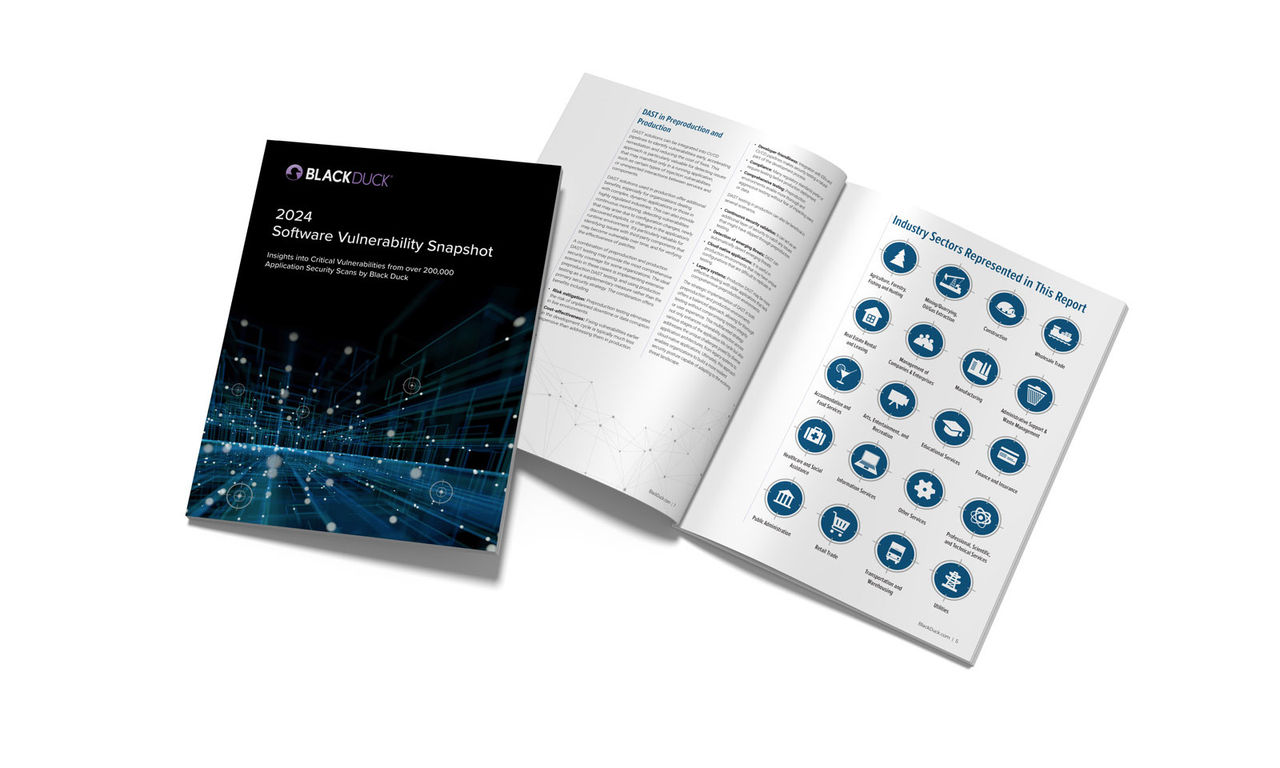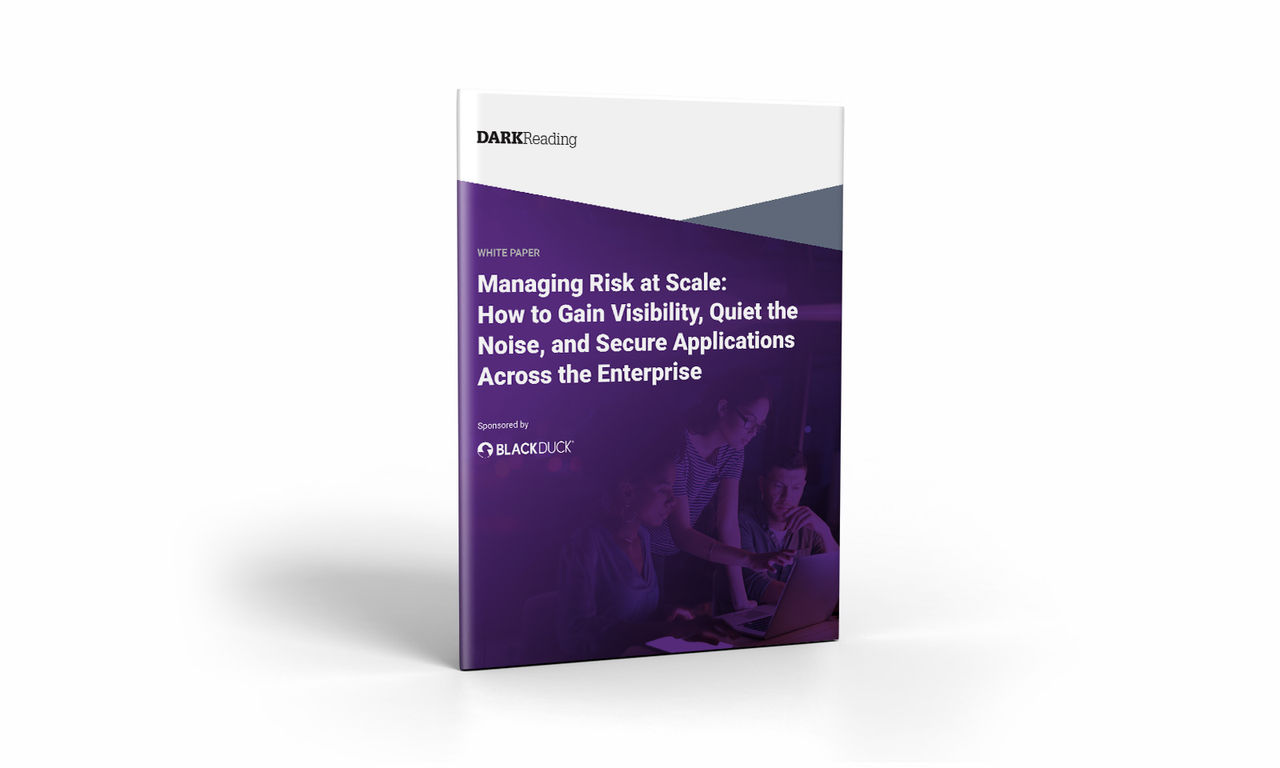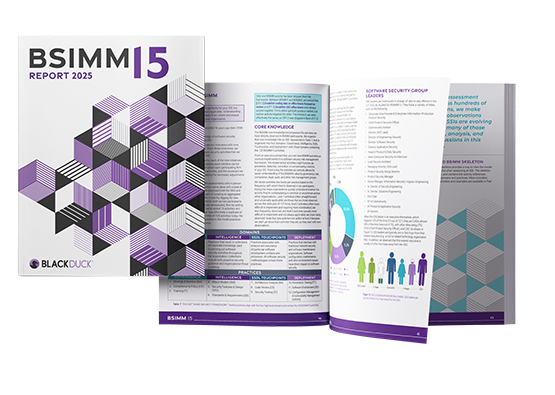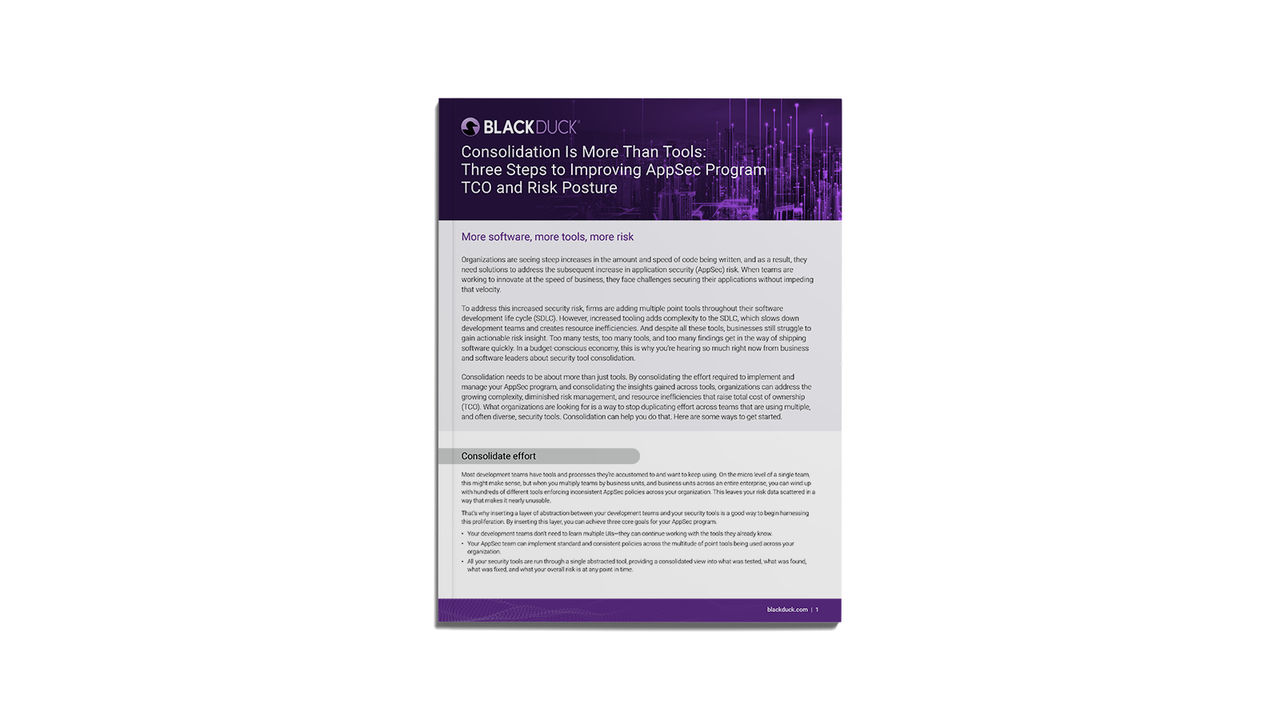Definition
A security risk assessment identifies, assesses, and implements key security controls in applications. It also focuses on preventing application security defects and vulnerabilities. Carrying out a risk assessment allows an organization to view the application portfolio holistically—from an attacker’s perspective. It supports managers in making informed resource allocation, tooling, and security control implementation decisions. Thus, conducting an assessment is an integral part of an organization’s risk management process.
How does a security risk assessment work?
Factors such as size, growth rate, resources, and asset portfolio affect the depth of risk assessment models. Organizations can carry out generalized assessments when experiencing budget or time constraints. However, generalized assessments don’t necessarily provide the detailed mappings between assets, associated threats, identified risks, impact, and mitigating controls.
If generalized assessment results don’t provide enough of a correlation between these areas, a more in-depth assessment is necessary.
The 4 steps of a successful security risk assessment model
- Identification. Determine all critical assets of the technology infrastructure. Next, diagnose sensitive data that is created, stored, or transmitted by these assets. Create a risk profile for each.
- Assessment. Administer an approach to assess the identified security risks for critical assets. After careful evaluation and assessment, determine how to effectively and efficiently allocate time and resources towards risk mitigation. The assessment approach or methodology must analyze the correlation between assets, threats, vulnerabilities, and mitigating controls.
- Mitigation. Define a mitigation approach and enforce security controls for each risk.
- Prevention. Implement tools and processes to minimize threats and vulnerabilities from occurring in your firm’s resources.
What problems does a security risk assessment solve?
A comprehensive security assessment allows an organization to:
- Identify assets (e.g., network, servers, applications, data centers, tools, etc.) within the organization.
- Create risk profiles for each asset.
- Understand what data is stored, transmitted, and generated by these assets.
- Assess asset criticality regarding business operations. This includes the overall impact to revenue, reputation, and the likelihood of a firm’s exploitation.
- Measure the risk ranking for assets and prioritize them for assessment.
- Apply mitigating controls for each asset based on assessment results.
It’s important to understand that a security risk assessment isn’t a one-time security project. Rather, it’s a continuous activity that should be conducted at least once every other year. Continuous assessment provides an organization with a current and up-to-date snapshot of threats and risks to which it is exposed.
At Black Duck, we recommend annual assessments of critical assets with a higher impact and likelihood of risks. The assessment process creates and collects a variety of valuable information. A few examples include:
- Creating an application portfolio for all current applications, tools, and utilities.
- Documenting security requirements, policies, and procedures.
- Establishing a collection of system architectures, network diagrams, data stored or transmitted by systems, and interactions with external services or vendors.
- Developing an asset inventory of physical assets (e.g., hardware, network, and communication components and peripherals).
- Maintaining information on operating systems (e.g., PC and server operating systems).
- Information about:
- Data repositories (e.g., database management systems, files, etc.).
- Current security controls (e.g., authentication systems, access control systems, antivirus, spam controls, network monitoring, firewalls, intrusion detection, and prevention systems).
- Current baseline operations and security requirements pertaining to compliance of governing bodies.
- Assets, threats, and vulnerabilities (including their impacts and likelihood).
- Previous technical and procedural reviews of applications, policies, network systems, etc.
- Mapping of mitigating controls for each risk identified for an asset.
- Information about:
What industries require a security risk assessment for compliance?
Most organizations require some level of personally identifiable information (PII) or personal health information (PHI) for business operations. This information comes from partners, clients, and customers. Information such as social security number, tax identification number, date of birth, driver’s license number, passport details, medical history, etc. are all considered confidential information.
As such, organizations creating, storing, or transmitting confidential data should undergo a risk assessment. Risk assessments are required by a number of laws, regulations, and standards. Some of the governing bodies that require security risk assessments include HIPAA, PCI-DSS, the Massachusetts General Law Chapter 93H 201 CMR 17.00 regulation, the Sarbanes-Oxley Audit Standard 5, and the Federal Information Security Management Act (FISMA).
Organizations often question the need for compliance and adherence to these regulations. At Black Duck, we feel that an organization is required to undergo a security risk assessment to remain compliant with a unified set of security controls. Controls that are implemented and agreed upon by such governing bodies.
In fact, these controls are accepted and implemented across multiple industries. They provide a platform to weigh the overall security posture of an organization. Governing entities also recommend performing an assessment for any asset containing confidential data. Assessments should take place bi-annually, annually, or at any major release or update.
Resources to manage your AppSec risk at enterprise scale

Software Vulnerability Snapshot
Get insights into the current state of security for web-based apps and systems
Download the report
Managing Risk at Scale
Learn how to gain visibility and secure your apps across the enterprise
Download the white paper

Improve your AppSec program TCO and risk posture
Three steps to consolidate your effort, insight, and tools
Download the guide